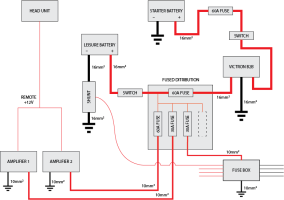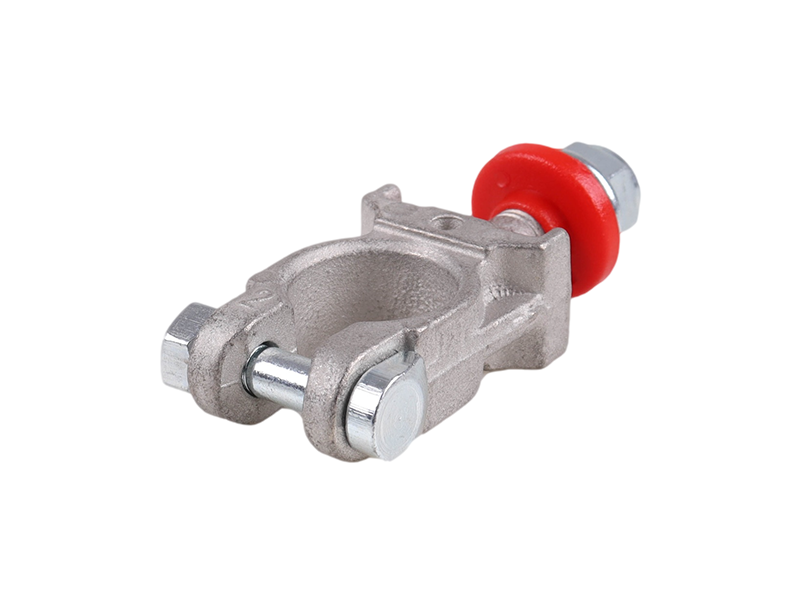Hi, I'm installing a leisure battery and Victron B2B charger and would like to sanity check the wiring. I already have amps, distribution box and fuse box installed so want to slot the battery and charger into the current setup as simply as possible.

- Can someone qualified reassure me that wiring as per this diagram is OK?
- Do I need another fuse between the leisure battery and switch? It will be a very small cable run (15-20cm)
- Also, if I take the ground side of the shunt, Victron and fuse box to a ground rail, what size cable would I need from the rail to the chasis? There's only a 10-15 amp load on the fusebox currently and fusebox is rated at a total of 100 amps.


